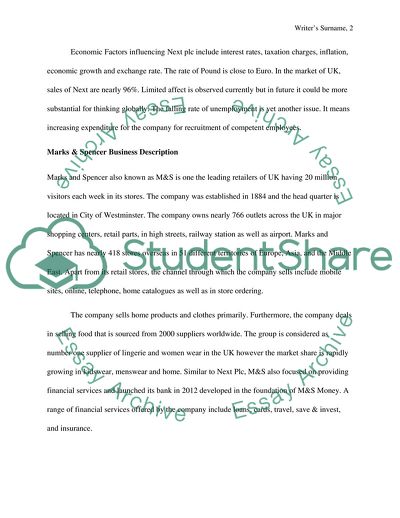Cite this document
(Financial Statement Analysis Coursework Assessment Assignment, n.d.)
Financial Statement Analysis Coursework Assessment Assignment. https://studentshare.org/finance-accounting/1852421-financial-statement-analysis-coursework-assessment
Financial Statement Analysis Coursework Assessment Assignment. https://studentshare.org/finance-accounting/1852421-financial-statement-analysis-coursework-assessment
(Financial Statement Analysis Coursework Assessment Assignment)
Financial Statement Analysis Coursework Assessment Assignment. https://studentshare.org/finance-accounting/1852421-financial-statement-analysis-coursework-assessment.
Financial Statement Analysis Coursework Assessment Assignment. https://studentshare.org/finance-accounting/1852421-financial-statement-analysis-coursework-assessment.
“Financial Statement Analysis Coursework Assessment Assignment”. https://studentshare.org/finance-accounting/1852421-financial-statement-analysis-coursework-assessment.


